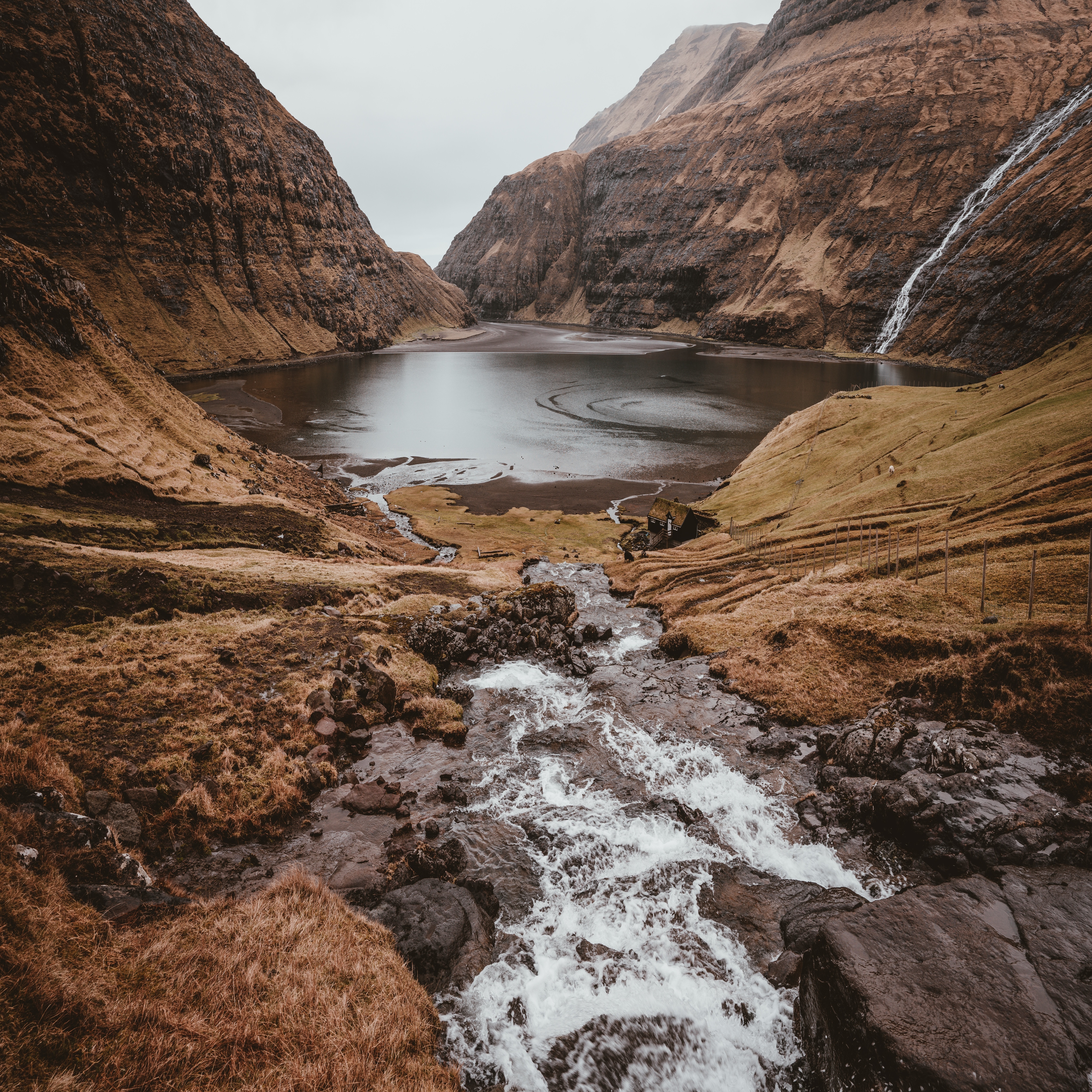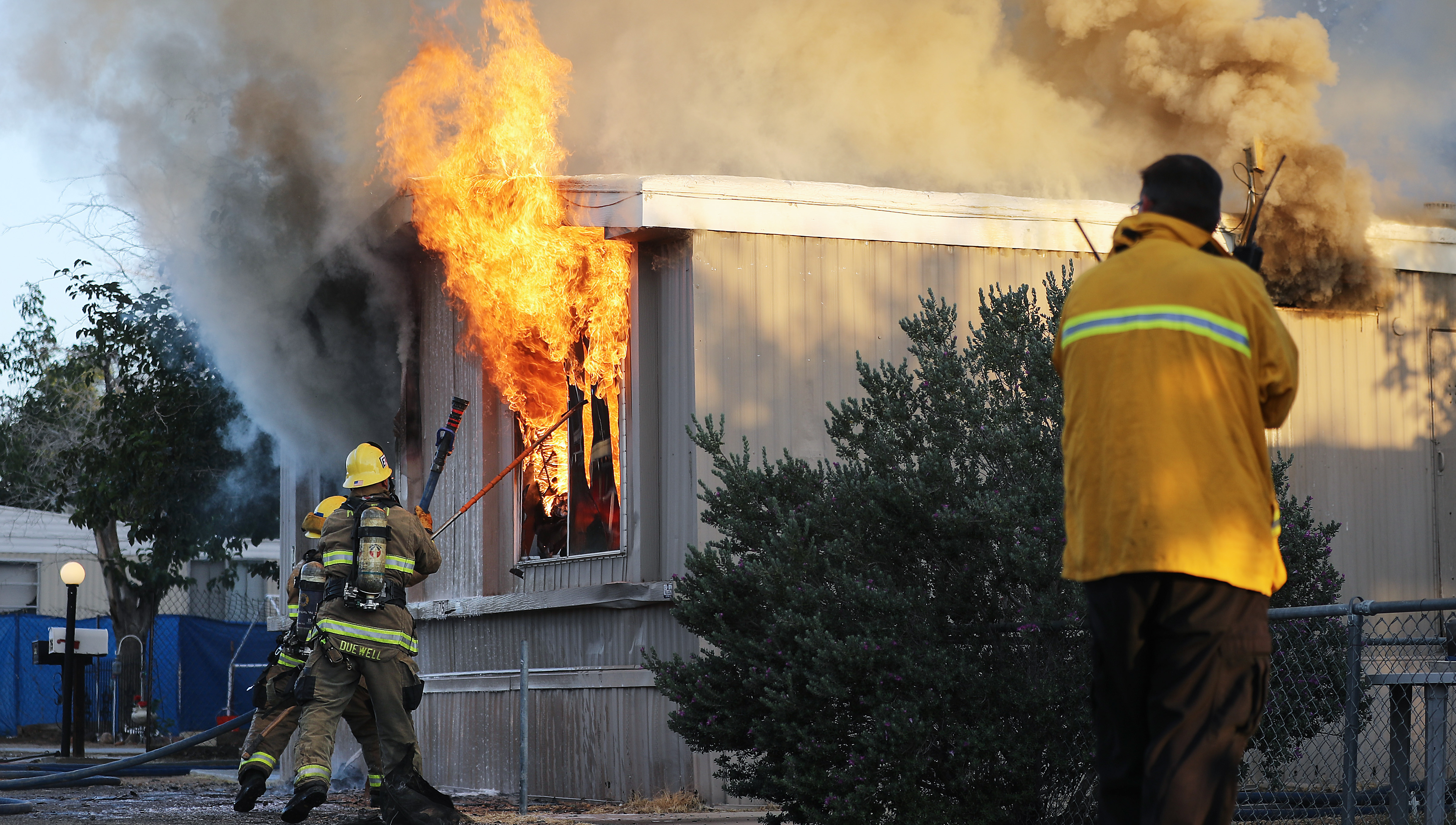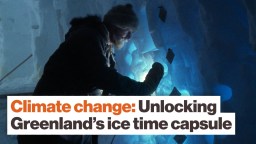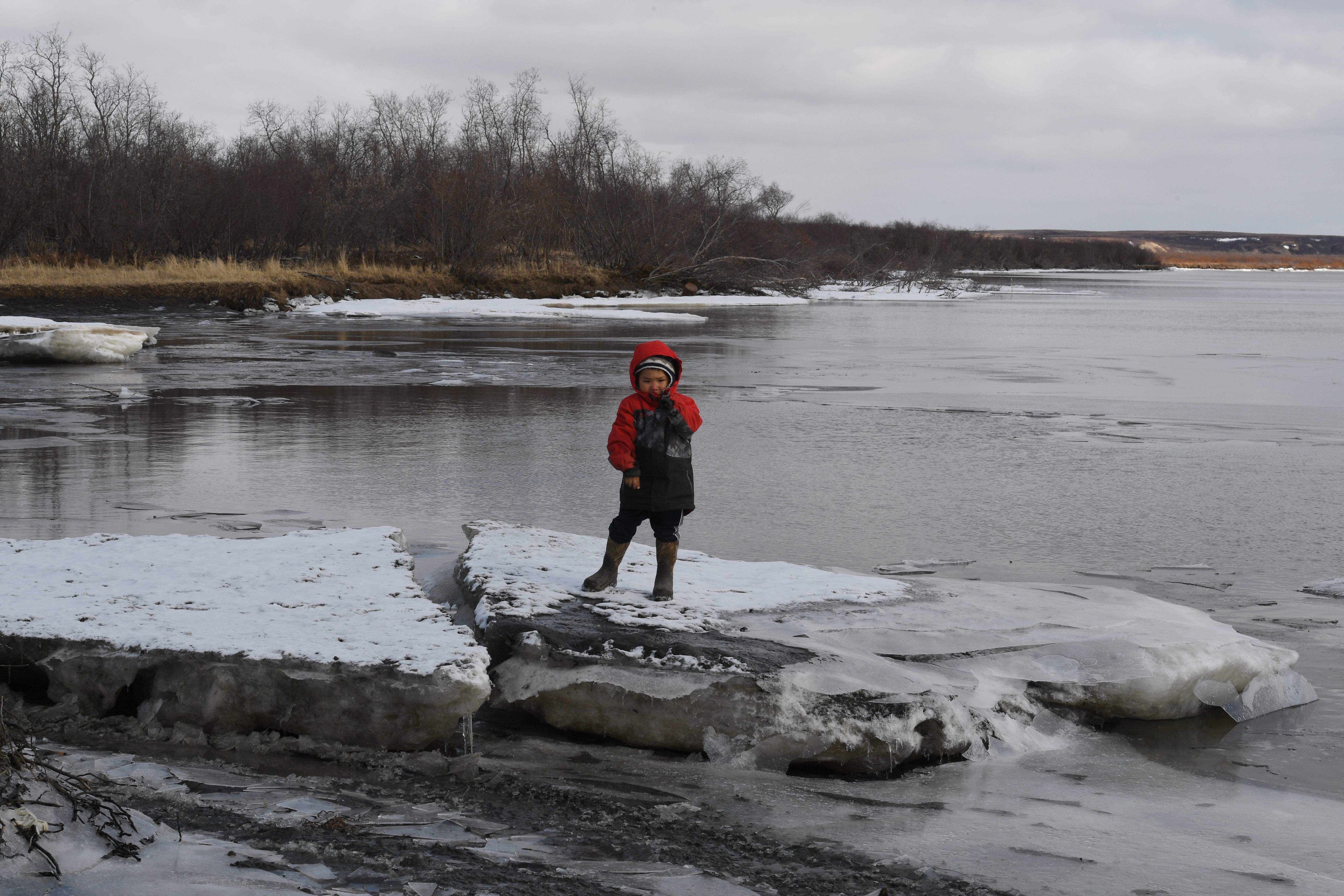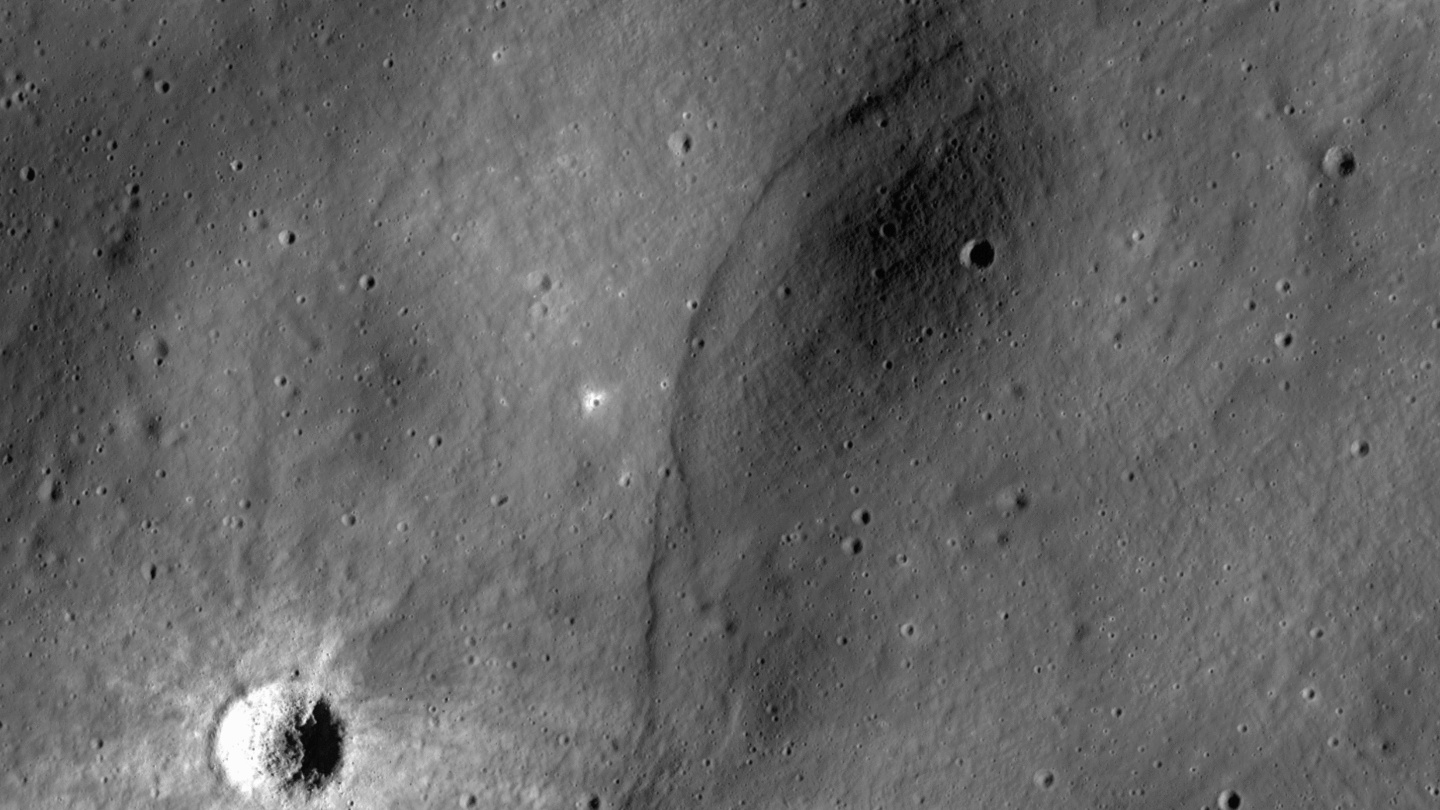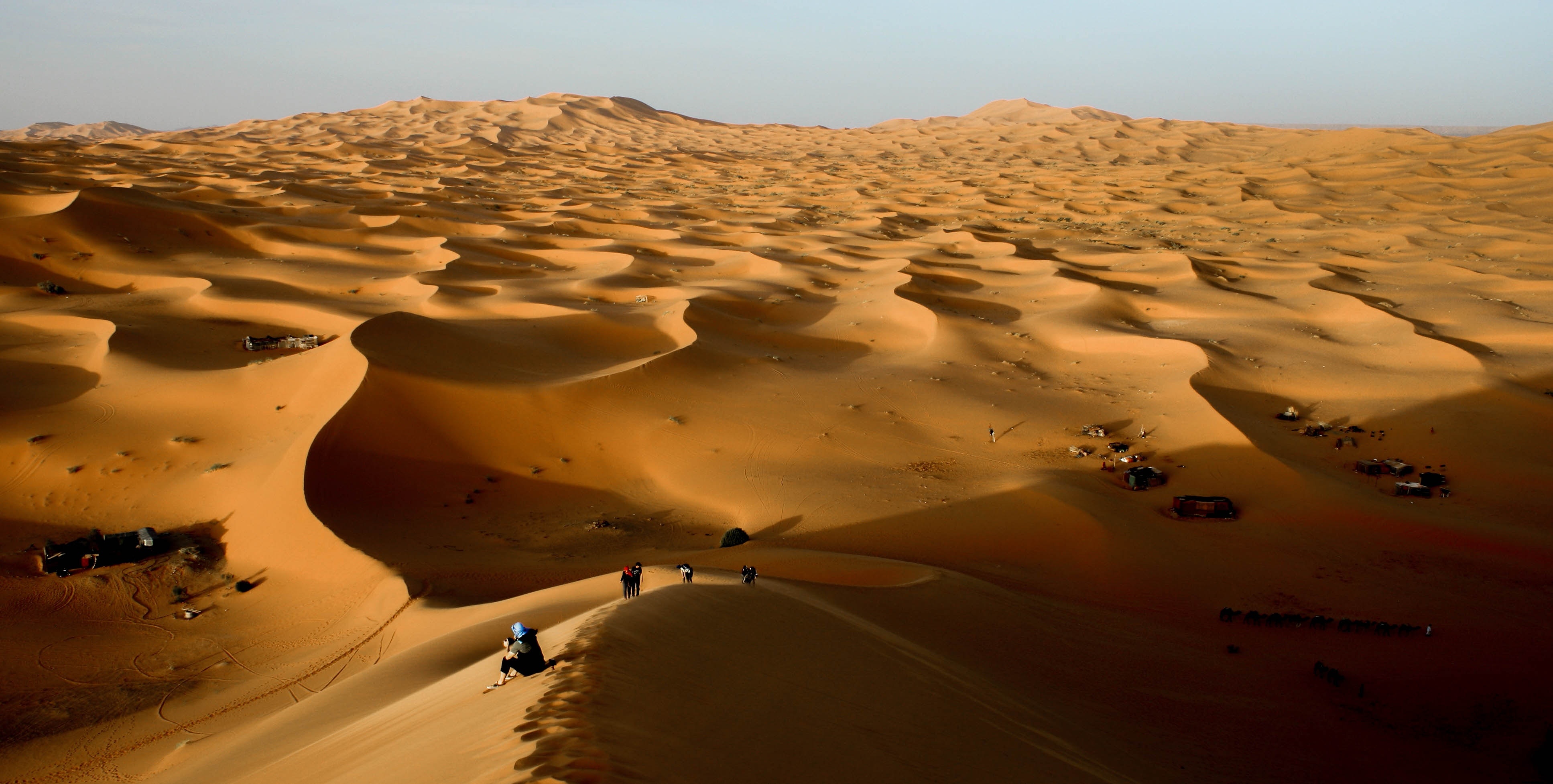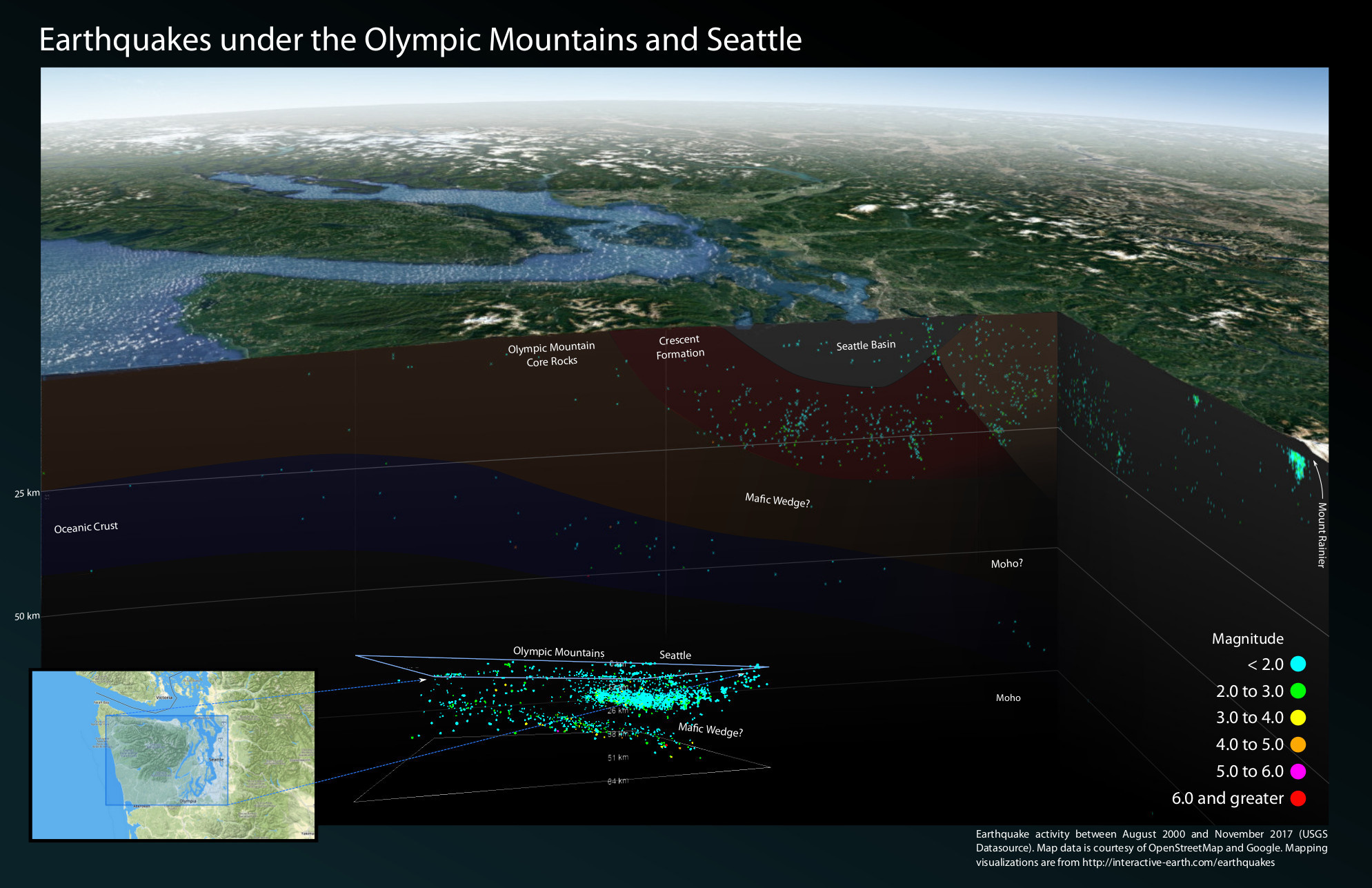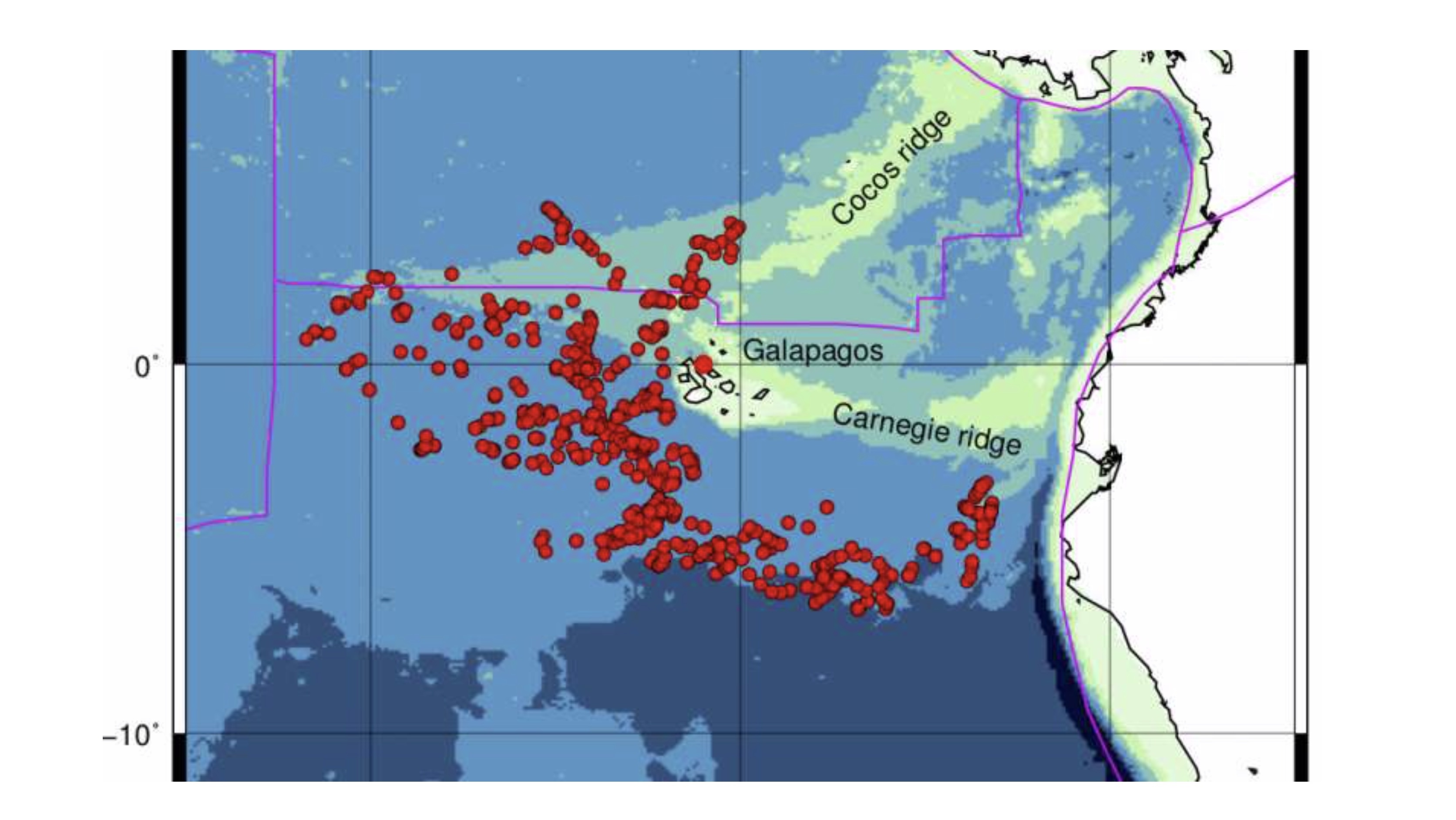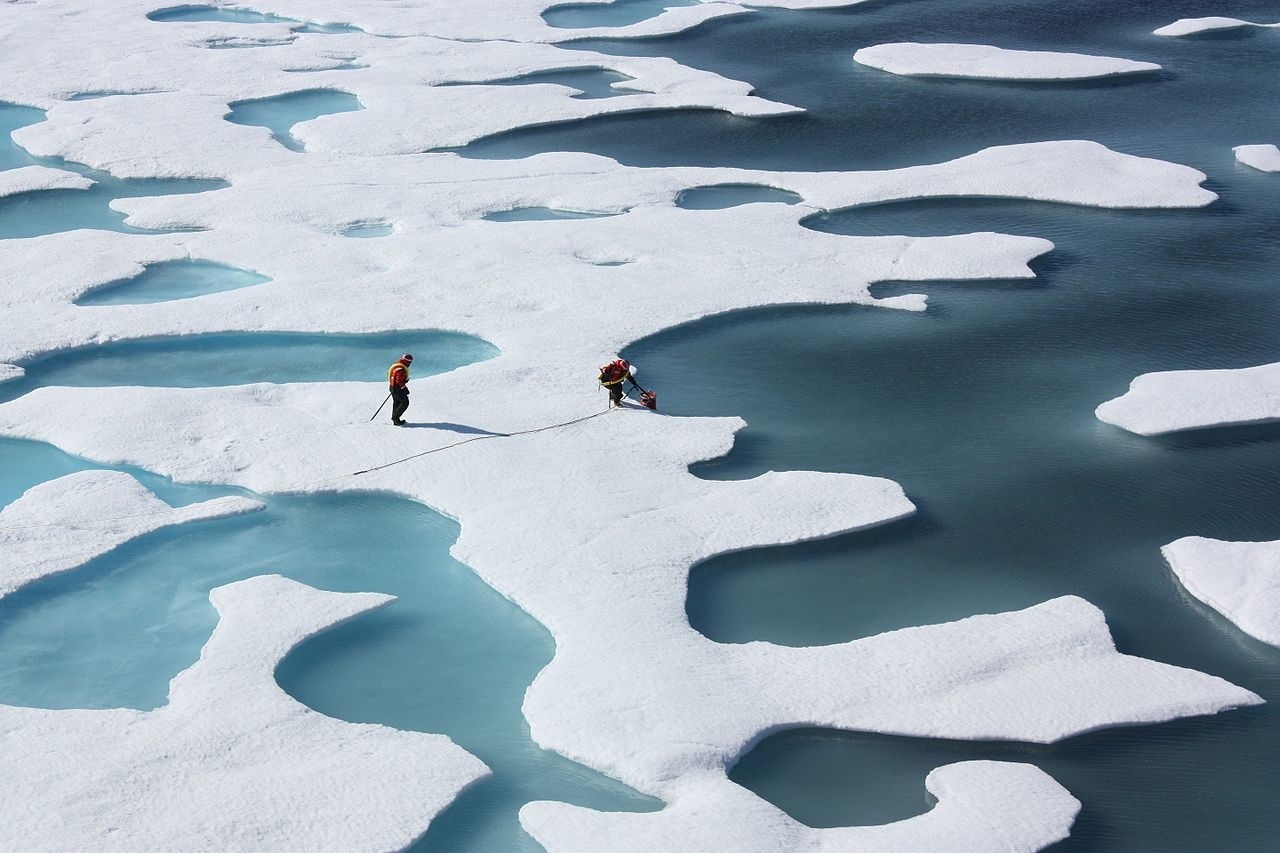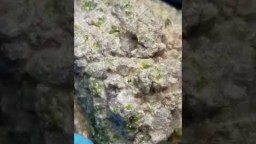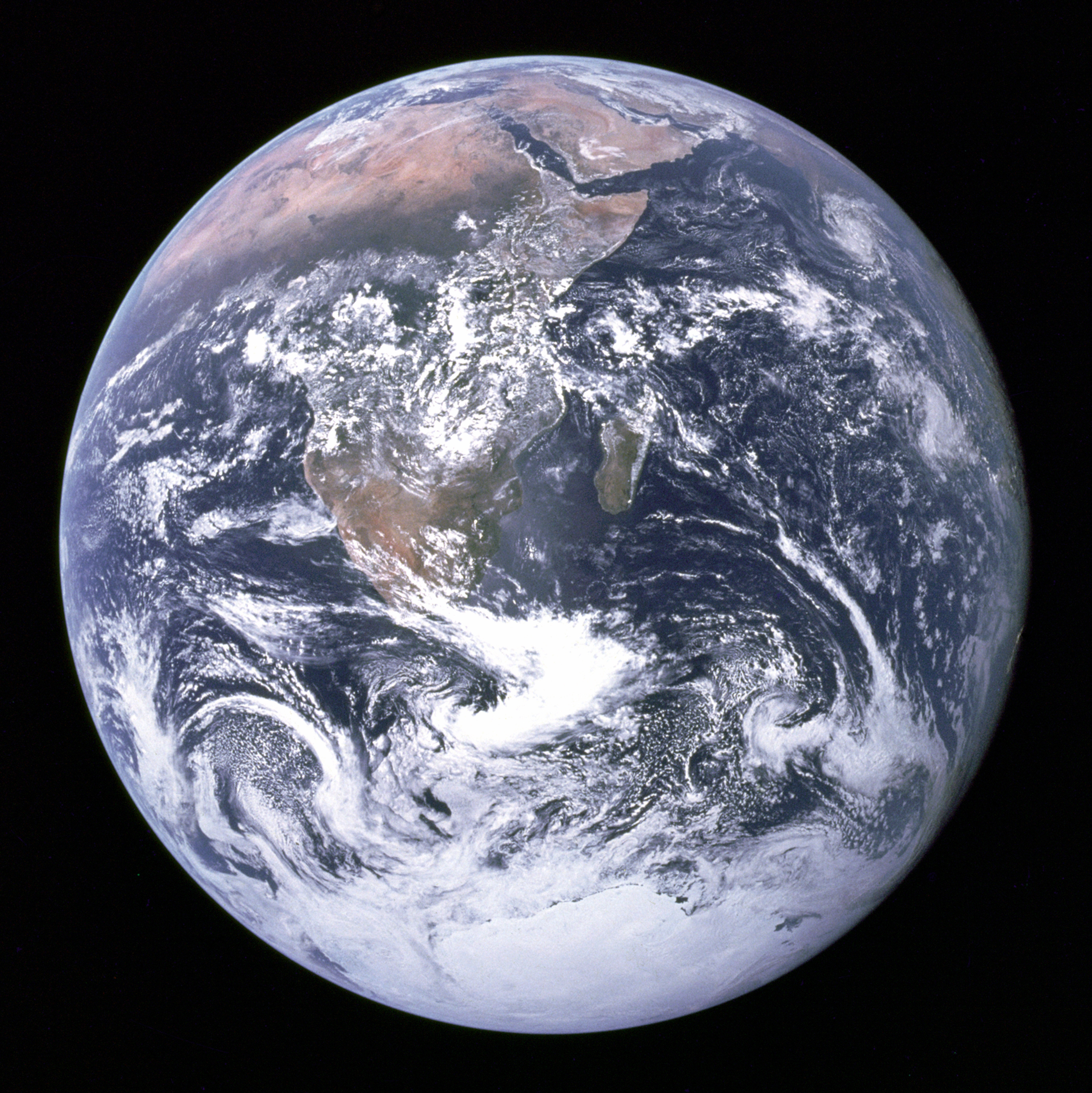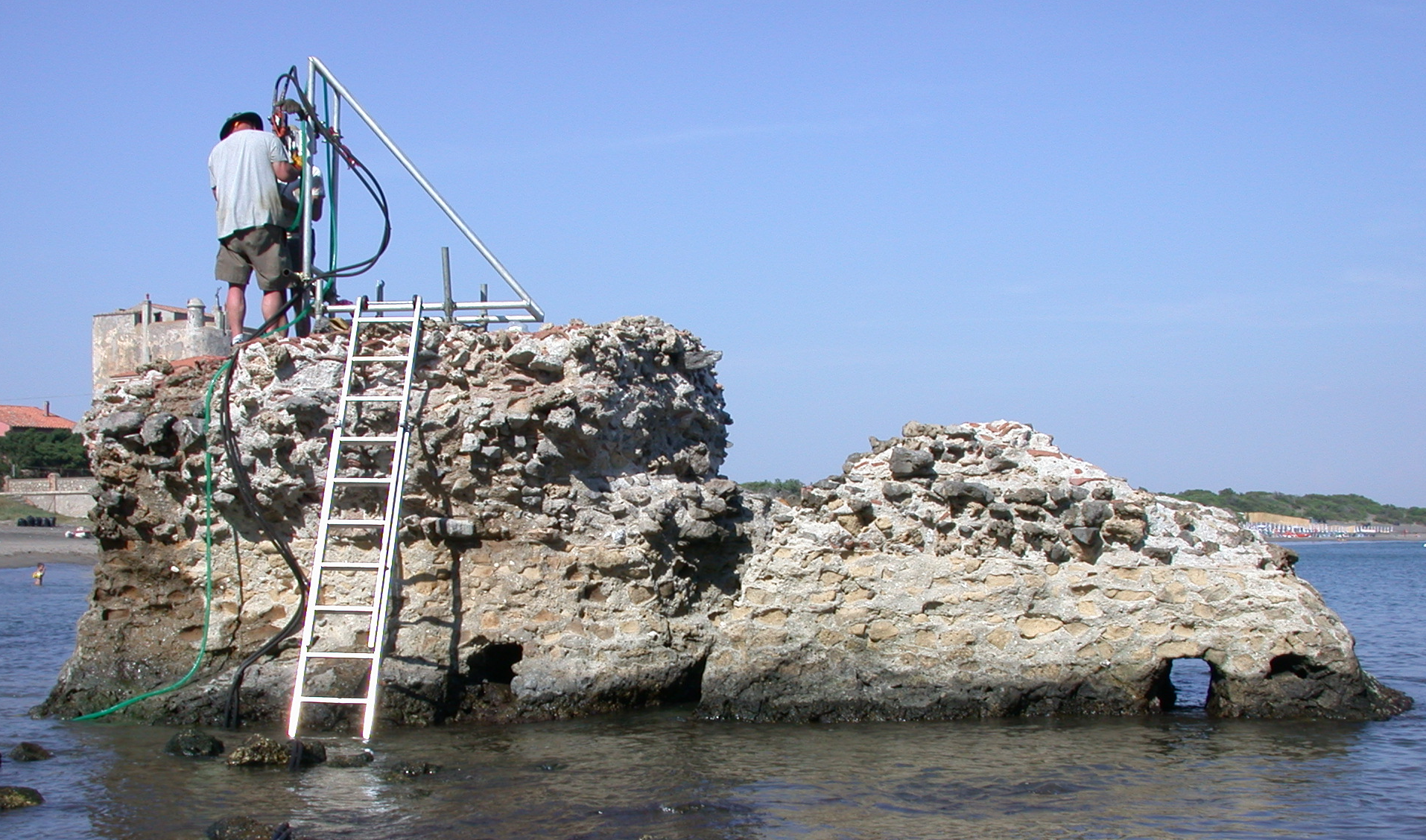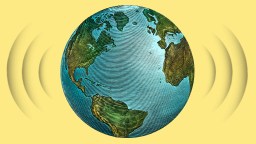geology
It’s strange to think that something that died 76m years ago plays a role in modern ecosystems, but life is opportunistic.
Study shows minerals sequester carbon for thousands of years, which may explain oxygen’s abundance in the atmosphere.
Scientists discover how to predict megaquakes earlier to improve warning systems.
If life exists on Mars, there’s a good chance it’s related to us, say researchers.
There are clues to the future and past trapped in Greenland’s ice.
▸
11 min
—
with
Its scarcity could impact scientific research as well as the high-tech industry.
Ever wondered why the longest day of the year happens when it does?
It’s a “canary in the coalmine,” said one climate scientist.
A surprise on the far side of the Moon.
Intense lightning could have burned us out of the trees.
A new NASA report shakes up lunar geology.
The relentless sun makes life in the Sahara almost unbearable. But could it also be its greatest resource?
Geologists may have spotted evidence of the beginning stages of a subduction zone, a process that drives the movement of Earth’s tectonic plates.
Scientists discovered microbes that have lived on Earth for millions of years.
You won’t notice much of a difference unless you’re north of the 55th parallel, though.
A network of devices called MERMAIDs is taking seismographs where they’ve never been.
Chinese scientists find a 600-million-year-old creature.
Researchers find an amazing amount of often-weird forms of life below the planet’s surface.
It has experts baffled.
New research identifies an unexpected source for some of earth’s water.
The climate change we’re witnessing is more dramatic than we might think.
Really puts the whole “don’t give up until you’re dead” thing to shame.
This meteorite is the oldest known volcanic rock in the solar system, dated at 4,565,000,000 years old.
▸
with
NASA scientists have discovered three factors that influence Earth’s rotational wobble. Thankfully, while the Earth may wobble, it won’t fall down.
Researchers find that an ancient chunk of North America is now a part of Australia, shedding light on Earth’s first supercontinent Nuna.
After decades of research and analysis of geoscience data, the seventh largest geological continent officially exists.
Scientists solve the mystery of why 2000-year-old Roman concrete still stands strong.
The clash of tectonic plates beneath us is just part of life on Earth—unless, of course, there is human interference like in the American Midwest.
▸
4 min
—
with

